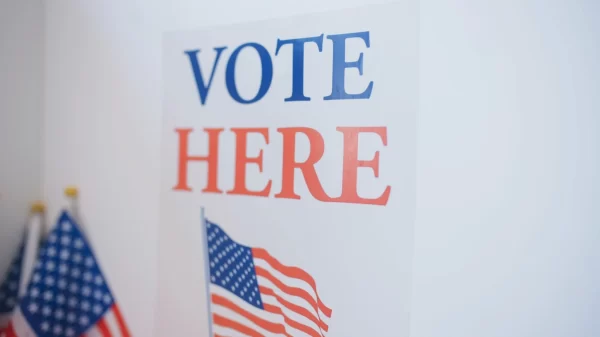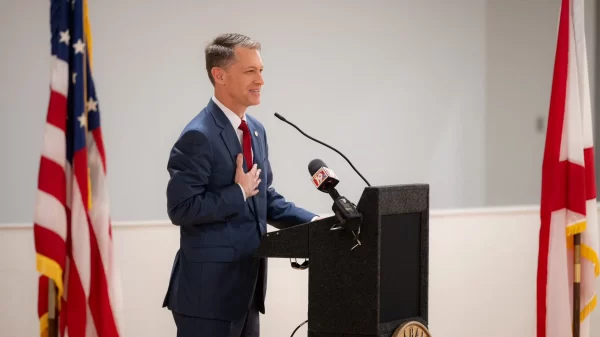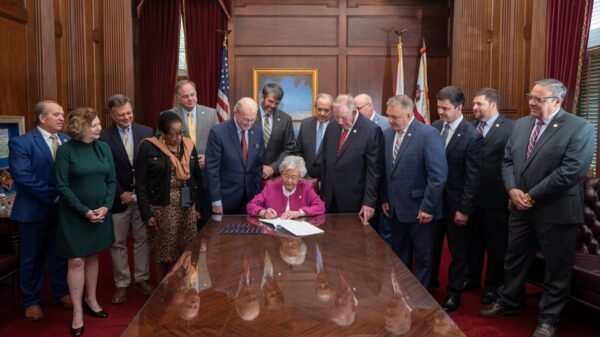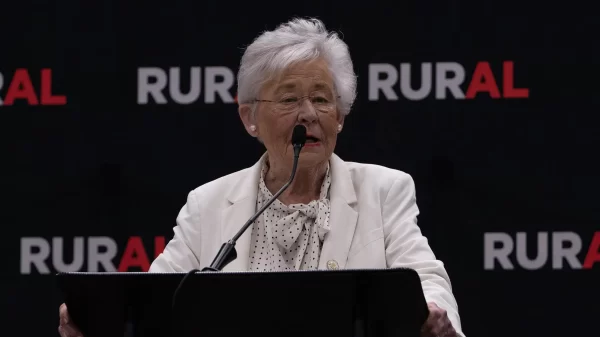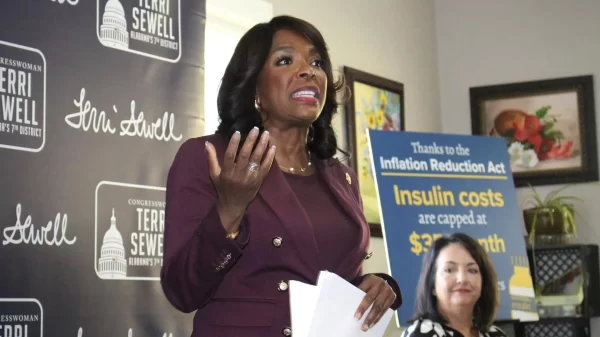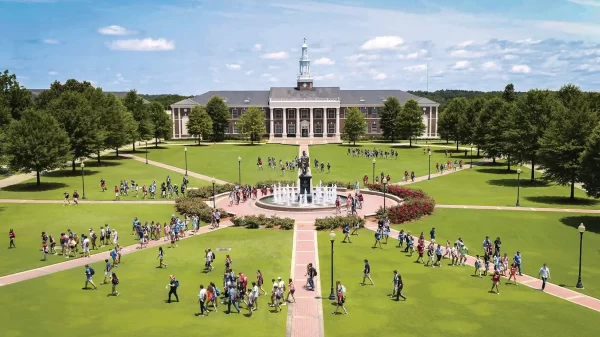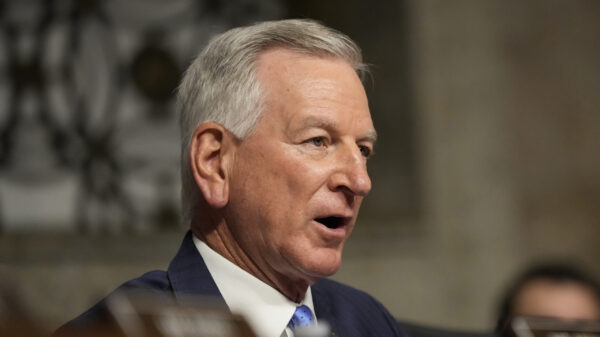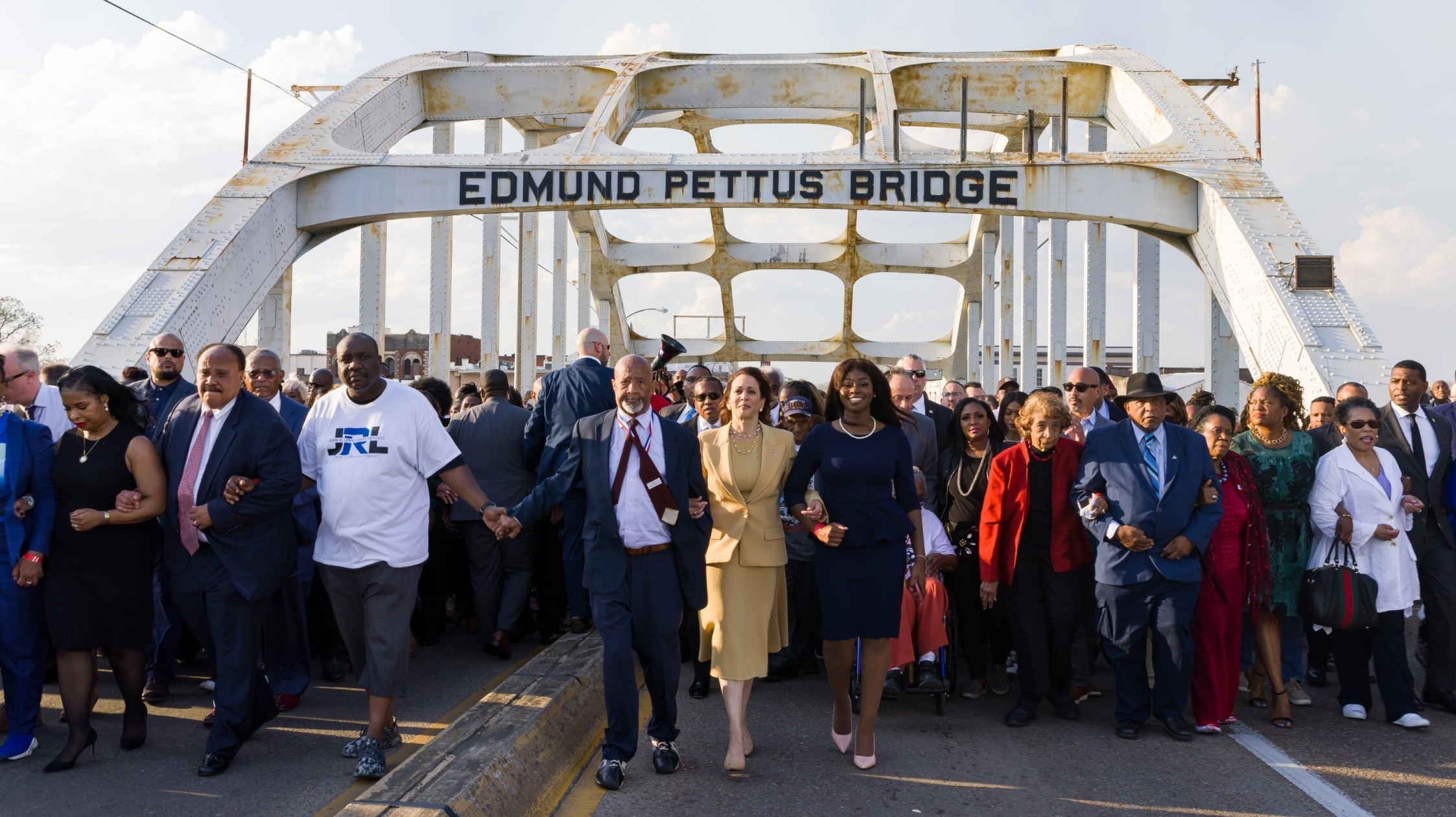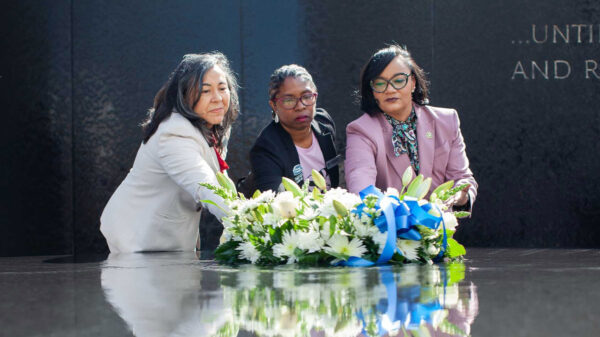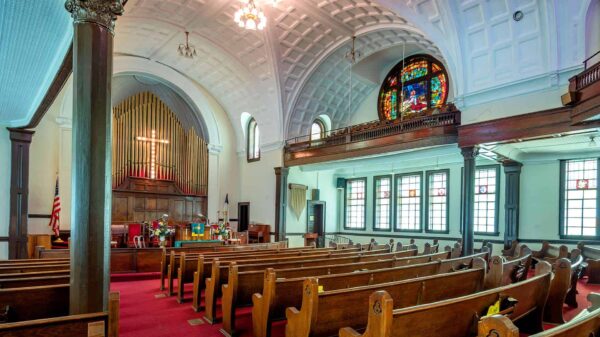The last in a series of briefs on Alabama’s Black Belt published Tuesday by the University of Alabama’s Education Policy Center focuses on local leaders who are front-and-center in the push to improve the area.
The brief, titled “Profiles of Community Leaders in the Black Belt,” also looked at the racial and gender makeup of Black Belt mayors and school superintendents.
Authors of the report examined nearly 70 current mayors of Black Belt cities and found that 78 percent have served no more than 10 years in office, and a third have served five years or less.
“You see the same trend for superintendents as well, “ Sean O’Brien, a student in the Masters of Public Administration program at the University of Alabama and an author of the report, said during a briefing on the report Monday.
Of the 18 Black Belt school superintendents examined, 83 percent have held their positions for no more than 7 years, and 38 percent had done so for 3 years or less.
Just over half of the 38 mayors serving in majority-minority counties are Black, the report notes, but there’s room for improvement when it comes to gender representation. Researchers found that women – both white and Black – make up less than a third of all Black Belt mayors.
Among the 20 Black Belt superintendents, 70 percent are Black, the report states, with women making up less than a third.
The center defines the Black Belt as consisting of 25 counties in the southern central and western areas, which includes all of Alabama’s majority minority counties.
Among the Black Belt leaders included in the brief are James Mitchell, president of Wallace Community College Selma, John Clyde Riggs, executive director of Alabama Tombigbee Regional Commission in Camden and Marcia Smiley, superintendent of Perry County Schools.
Each were asked their thoughts on the Black Belt’s strengths, challenges and what their organizations were doing to improve the area.
Mitchell explained in the report that while dignitaries visit Selma each year to commemorate Bloody Sunday at the Edmund Pettus Bridge, he’s seen little progress.
“When we have the Bridge Crossing Jubilee, every president and vice president (except the Trump administration) has visited Selma since Clinton, but it hasn’t brought funds,” Mitchell said.
Asked by APR during Monday’s briefing what he’d tell a visiting President about Selma, Mitchell described a collective effort by local leaders voice their collective concerns about Selma to Vice President Kamala Harris, upon her March visit to Selma for the 57th anniversary of Bloody Sunday.
“We had city government, county government and other nonprofit organizations, to include the college, that sat down together before her visit and put together a plan of what each entity needed as far as human infrastructure, as far as physical infrastructure, as far as what it takes to move Selma from this just being a symbol, to where we are a driving community or city and county in the Black Belt, which then helps uplift other counties within the Black Belt,” Mitchell said.
Helping Selma and the Black Belt is more than roads and bridges and rivers, Mitchell said, but it’s also human, social and economic development that has to take place, and it has to be a concerted effort.
Smiley said if given the opportunity to speak to a visiting dignitary she’d talk about opportunities to increase the pool of teacher applicants.
“We know we have a teacher shortage,” Smiley said, adding that if the pool of applicants is low, filling positions is that much harder, and not every school system has the same opportunities to attract teachers.
“We are able as a small rural school system to offer small signing bonuses, but it doesn’t compare to the more affluent school systems,” Smiley said.
An incentive program that would allow systems with similar enrollment and poverty makeup to attract teachers would help those systems become more equitably staffed, Smiley said.
Asked by researchers to describe strengths in the Black Belt, Mitchell was also quick to explain that Selma’s symbolism, while it attracts dignitaries and has resulted in little progress for the area, that symbolism is also a strength.
“Selma’s strength is its symbol and what it represented to the world for voting and civil rights—and it remains that symbol today,” Mitchell said.
Riggs noted the quality and character in the Black Belt as one of the region’s greatest strengths, saying in the report that “the Black Belt is rich in culture, recreation, fishing, and hunting.”
Those attributes can be capitalized on to make towns more attractive to outside visitors, Riggs said in the report.
Other studies in the “Black Belt 2020” series focus on access to STEM in K-12 schools, educational attainment and community college, COVID in the Black Belt, Poverty, housing and the GDP, mean worker commute time and infrastructure and goods versus services GDP.
The “Black Belt 2022” series is a follow-up to the center’s “Black Belt 2020” series of reports, which looked at First Class Pre-K in the Black Belt, labor force participation, unemployment, internet access, access to healthcare and how to define the Black Belt.

